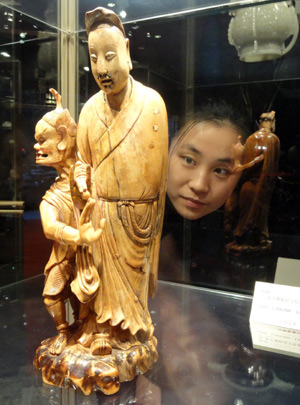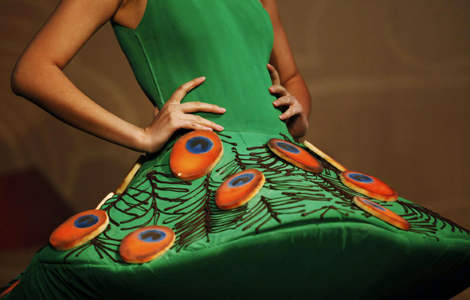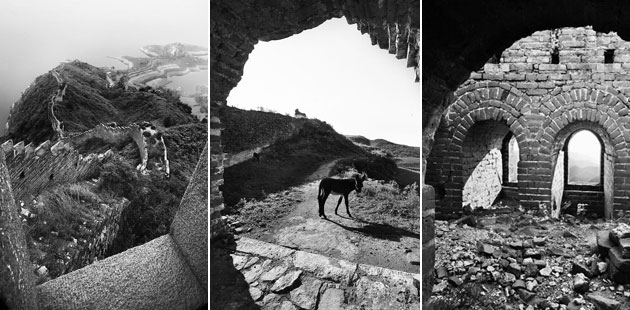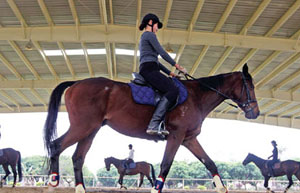Art market sees a different picture
Updated: 2011-12-19 08:07
By Zhang Yuchen (China Daily)
|
|||||||||
Falling sales after boom paint a new scene for dealers and galleries, Zhang Yuchen reports from Beijing.
The temperature remained below freezing even at noon, and the wind howled. Even so, a few people stood outside their shops in Panjiayuan just to have something to do.
The people trying to pass the time were gallery owners or assistants and this should be by tradition, despite the weather, a hot time of year for antiques and art.
"People used to flock into the shop at this time of year to select and buy jade objects for their collections or as presents for their friends," a shop assistant said. "But now I may sit here for a whole day without selling a single item."
The art market cooled this fall after several boom years. Both collectors and investors are buying less in retail stores and at auctions.
While some observers think the art bubble is about to burst, many experts consider it a normal correction to the market.
The autumn auction season brought in 40 billion yuan ($6.3 billion) to the 219 auction companies tracked by Beijing-based Art Market Monitor of Artron. That's a drop of 6.6 percent from the spring season's 42.84 billion yuan. However, some auction companies reported their business volume was down 30 percent.
Artron's general manager, Guan Yu, wasn't surprised, given the government's tightening of monetary policy. "We surveyed the market after the spring auction season finished and forecast that the market would shrink this fall."
Experts also figured that the spring results were pushed to new heights by big profits flowing from the real estate and stock markets, and that the autumn results reflect the slower economy.
Some auction companies acted to keep their business steady by holding back items they thought would not sell at the anticipated price. Then, on Dec 5, Poly Auction in Beijing sold a Xu Beihong (1893-1953) masterpiece, Cultivation on the Peaceful Land, for 266.8 million yuan ($42 million). That set a world record for works by the father of modern Chinese painting.
"Rationality is what I saw in this autumn's auction results," said Wu Yishen, a collector from Shanghai who also is the great-grandson of Wu Hufan (1894-1968), an important 20th century painter in China. "In the circumstances this fall, buyers still carefully chose some particularly good objects to invest in heavily, through which we can see the support for China's arts market."












